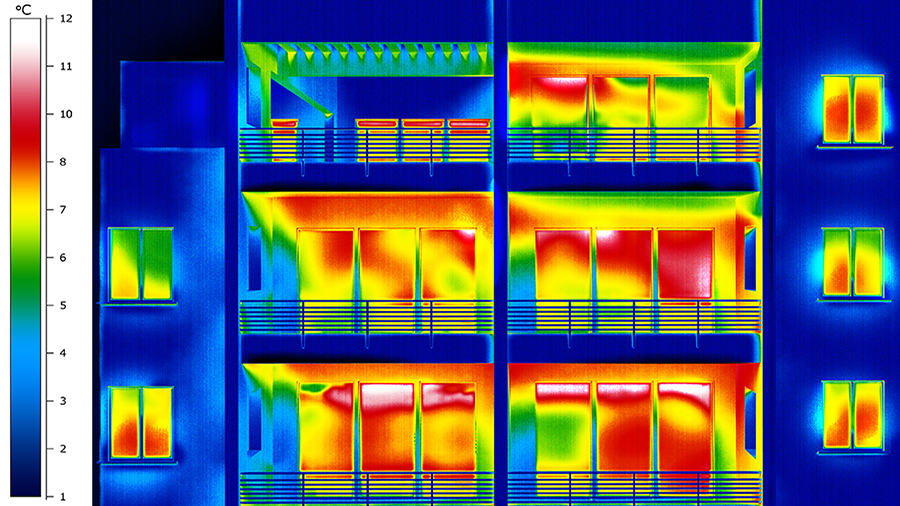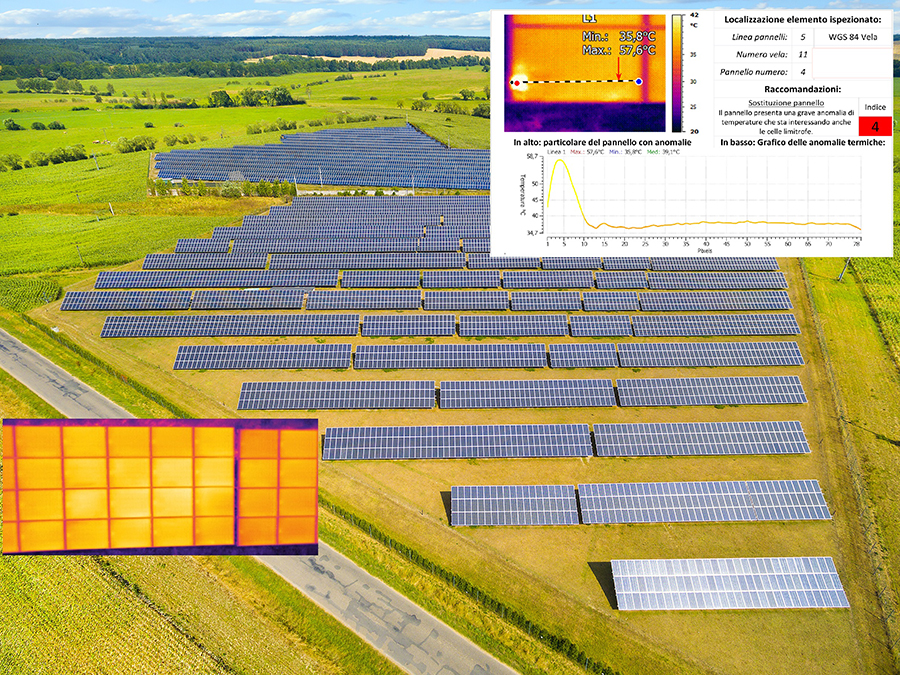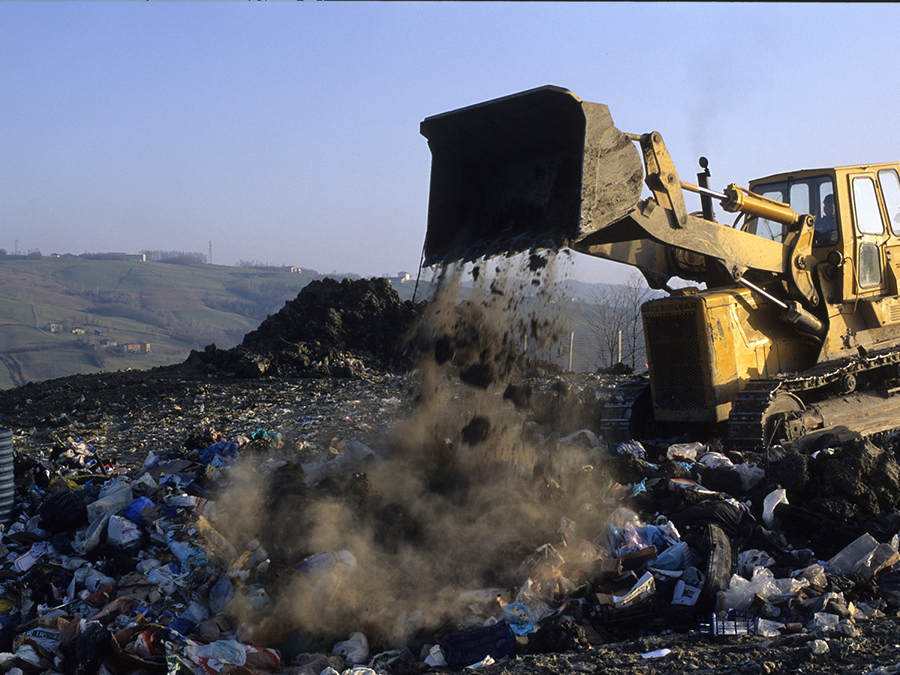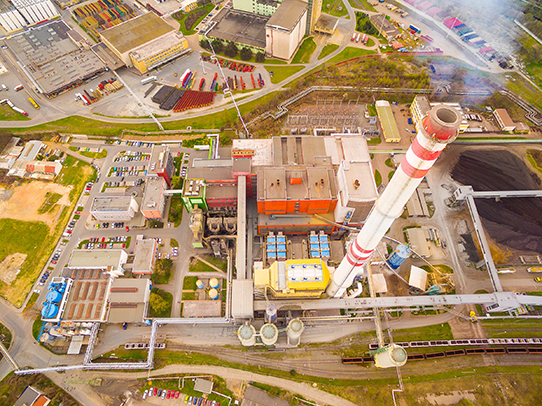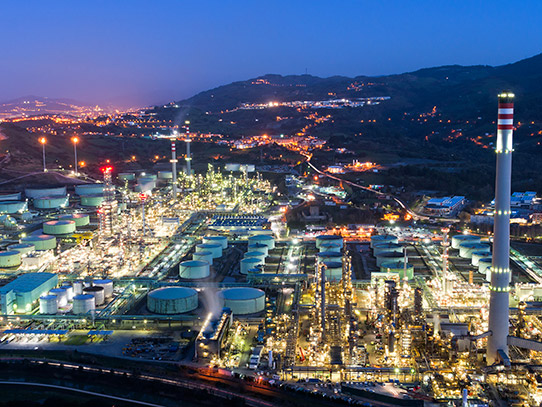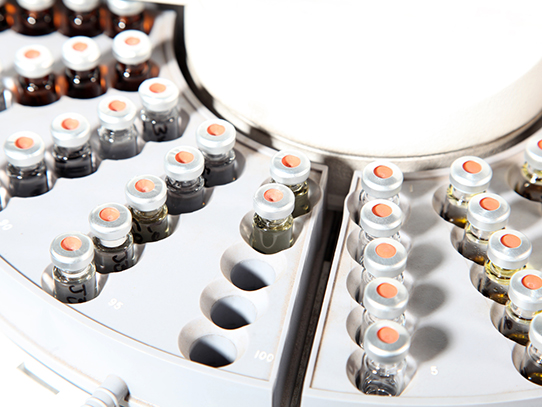Thermography
In the thermographic field, MIT Ambiente emerges for the choice of using all new technologies currently available. For example, latest generation drones with high quality thermal imager allow centimetric resolution photography of the produced image. Furthermore, we adopt the qualitative standards UNI CEI ISO/IEC 17025:2005 for this type of measurement to guarantee a metrological reference to the produced measurements.
Our Level 2 Infrared Thermographic Testing (TT) certified technicians are a guarantee of a correct interpretation of relevant data.
Residential and industrial thermography
In residential buildings:
- Thermal insulation e bridges
- Air/water infiltrations;
- Heating and cooling defects
In industrial buildings:
- Evaluation of thermal insulation, loss of vapour from hydraulic elements, thermal mapping of industrial ovens;
- Industrial quality control resin production, humidity controls of paper products and other materials;
- Osmosis fiberglass production, delamination and/or detachments
- Tank and silo levels, electrical systems: flawed connections, loss of electrical insulation, excessive mechanical loads or rotation velocity, various kinds of friction.
Air Thermography – Photovoltaic systems
MIT Ambiente uses remote controlled aircrafts with authorized ENAC technicians for <Remote aircraft airplane>. Furthermore, certificated technicians design and interpret campaigns to thermographic testing TT (Infrared Thermographic Testing).
In particular, MIT Ambiente can:
- Identify defective primary cells;
- Identify faulty connections between primary cells and protection diodes;
- Efficiency of photovoltaic system;
- Fire risk prevention
- Maintenance status and general status monitoring
- Reactivate the initial conditions of electrical productivity.
Air thermography – Landfill source emissions
Regarding emissions diffused by landfill surfaces, thermography, supported by other quantification technologies, allows us to evaluate specific biogas flows, in order to get it better and to improve the collection of more efficient electricity production and, at the same time, to reduce the effects on the environment.
